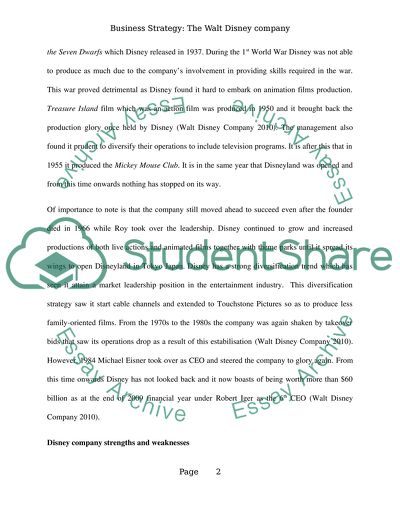Cite this document
(“Business Strategy Essay Example | Topics and Well Written Essays - 3000 words - 7”, n.d.)
Business Strategy Essay Example | Topics and Well Written Essays - 3000 words - 7. Retrieved from https://studentshare.org/miscellaneous/1573919-business-strategy
Business Strategy Essay Example | Topics and Well Written Essays - 3000 words - 7. Retrieved from https://studentshare.org/miscellaneous/1573919-business-strategy
(Business Strategy Essay Example | Topics and Well Written Essays - 3000 Words - 7)
Business Strategy Essay Example | Topics and Well Written Essays - 3000 Words - 7. https://studentshare.org/miscellaneous/1573919-business-strategy.
Business Strategy Essay Example | Topics and Well Written Essays - 3000 Words - 7. https://studentshare.org/miscellaneous/1573919-business-strategy.
“Business Strategy Essay Example | Topics and Well Written Essays - 3000 Words - 7”, n.d. https://studentshare.org/miscellaneous/1573919-business-strategy.


